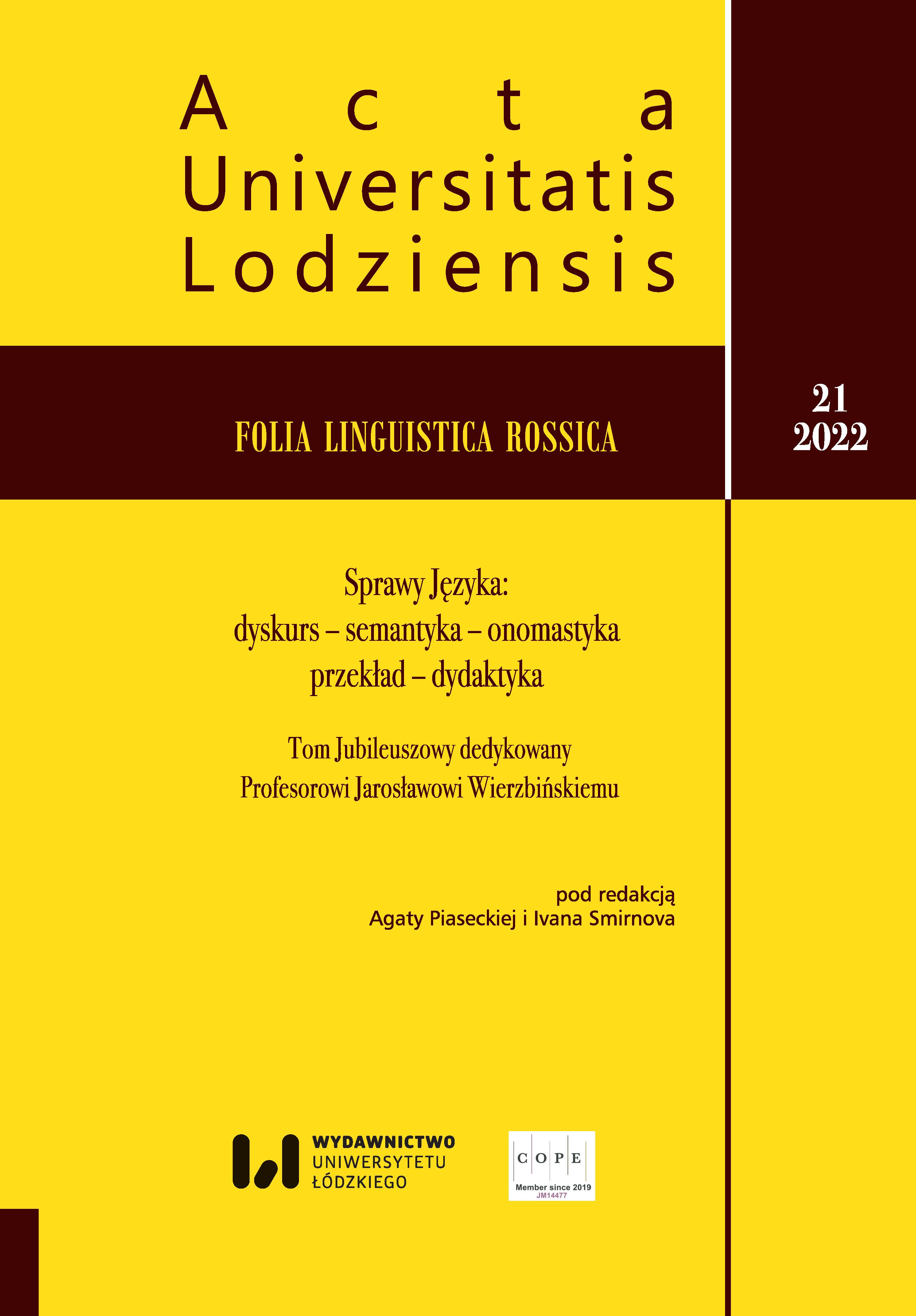О некоторых фразеологизмах польского и русского преступного жаргона с компонентом-анимализмом: материалы к словарю
About Some Phraseological Units of the Polish and Russian Criminal Jargon with an Animalism Component: Dictionary Materials
Author(s): Elena Nevzorova-KmechSubject(s): Language and Literature Studies, Communication studies, Baltic Languages
Published by: Wydawnictwo Uniwersytetu Łódzkiego
Keywords: animalistic phraseology; criminal jargon; slang bilingual lexicography; Polish and Russian
Summary/Abstract: This article discusses one of the components of the criminal jargon – animalistic phraseology, i.e. phrases that include animalism. According to M.A. Grachev, the proportion of such units is much higher than in other systems. To prove this statement, we have collected material from the Polish-Russian dictionaries of jargon. The number of animalistic phraseological units in the criminal jargon is small compared to the literary and colloquial language, which is due to the specificity of the sublanguage under consideration.The purpose of the description is to prepare material for the Polish-Russian dictionary of jargon. To do this, we made a selection of animalistic phraseological units of the Polish and Russian criminal jargon from Polish and Russian dictionaries of slang (jargon), made a comparison, identified common features and differences, and made an attempt to explain them. Based on the analysis, it was revealed that the component composition includes the following animalisms: domestic mammals, poultry, wild mammals, wild birds. The following remained outside the scope of the article: fish, amphibians, reptiles, crustaceans, insects, molluscs, worms.Animalistic phraseological units of criminal jargon are included in the following semantic groups: 1) the names of criminals according to the specifics of the crimes committed; 2) the names of representatives of law enforcement agencies and law enforcement officers; 3) the objects of crimes, profit; victims of crimes; 4) types of crimes and the way they were committed; 5) life and life in freedom and in places of detention; 6) names of places of exile and imprisonment, punishment; 7) human behaviour, condition; 8) signals, warnings. A comparative analysis of Polish and Russian units revealed similarities and differences.Further research in this area will serve as an addition to the Polish-Russian jargon dictionary and may also serve as material for etymological research in the field of substandard.
Journal: Acta Universitatis Lodziensis. Folia Linguistica Rossica
- Issue Year: 2022
- Issue No: 21
- Page Range: 95-119
- Page Count: 25
- Language: Russian

